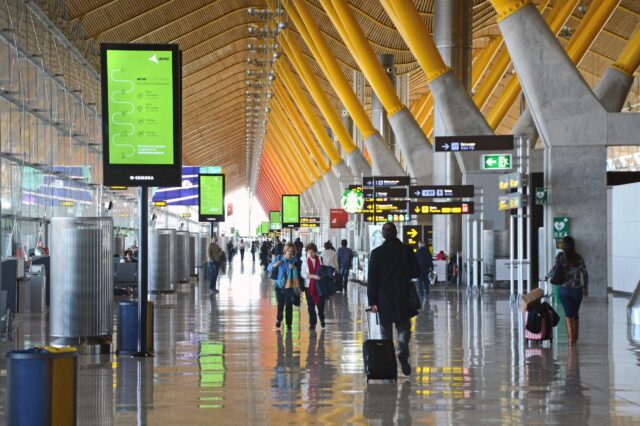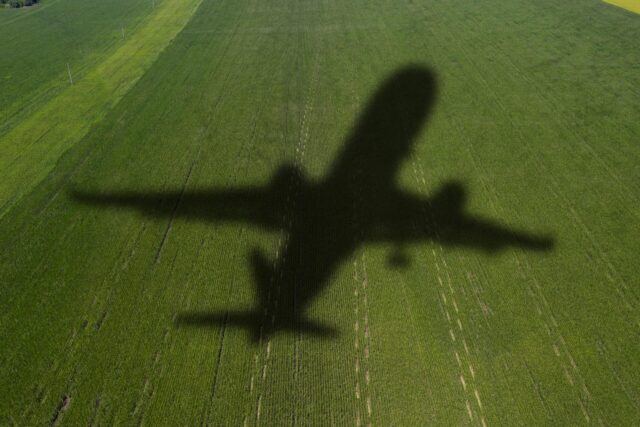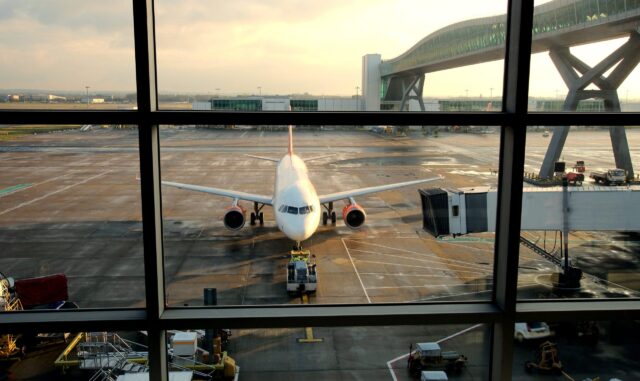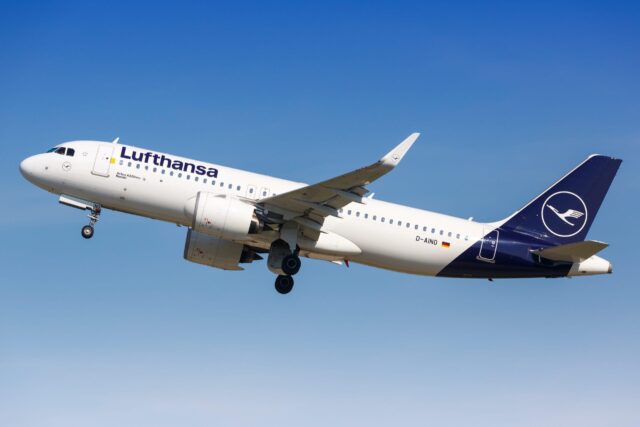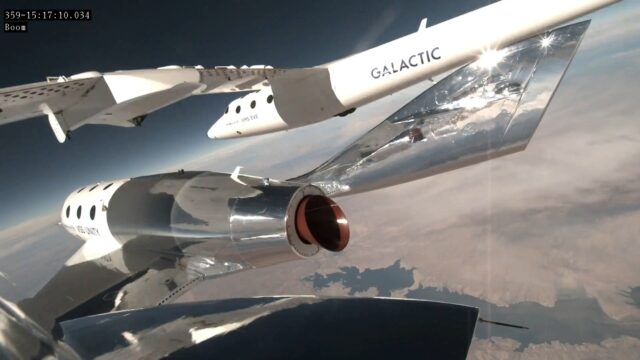Electric flying boat takes off: JEKTA begins scale model testing of PHA-ZE 100

June 9, 2025

Swiss manufacturer JEKTA has begun flight testing of the first scale prototype of its electric flying boat concept, the PHA-ZE 100.
The 1:9 scaled prototype of its zero emissions amphibious aircraft will undergo real world testing to validate the behaviours predicted through earlier modelling simulations.
“After extensive virtual trials and simulations, our engineers are excited to begin flying the 1:9 prototype,” says George Alafinov, JEKTA CEO. “The flight testing marks an important milestone on our journey to bring next-generation electric amphibious aircraft to operators globally.”
The PHA-ZE 100 is being designed to seat up to 19 passengers plus three crew members. Powered by 10 wing-mounted electric motors, it will fly for up to 100 miles with the ability to land on paved and unpaved runways as well as water.

A milestone in electric aircraft development
Using a distributed electric powerplant to draw energy from onboard batteries, the remotely controlled model will generate data representative of the full-size aircraft to verify and confirm the results of computational modeling already completed. \
The team will be assessing critical flight phases such as taxi, takeoff and landing, as well as the aircraft’s hydrodynamic and aerodynamic performance.
Flight tests are taking place at an undisclosed location, and are expected to run through to September 2025.
JEKTA will follow with two proof-of-concept ultralight flying boats, which will serve as manned testbeds. Based on the company’s existing ultralight designs, these will provide a low-risk platform for refining systems integration and handling ahead of full-scale prototype construction.

“Flying the scaled models and modified ultralights moves JEKTA one step closer to flying a full-scale prototype of the PHA-ZE 100,” says Alafinov, “confirming that we’re on track with plans to introduce our new aircraft to the global air transport network in 2030.”
The aircraft already has more than $1 billion of forward commitments from customers. It is scheduled to begin production at the Payerne facility in 2028 – 2029.
Why the world needs electric flying boats
The PHA-ZE 100 (Passenger Hydro Aircraft – Zero Emissions) is a clean-sheet design intended to offer short-range, sustainable transport over water and land.
It will be certified under Part 23 standards, operating using electric propulsion initially, with plans to integrate hydrogen solutions down the line.
Over 40% of the global population lives within 100 miles of the coast, with millions more living near lakes, rivers and other large water bodies. However, many communities lack access to regional airports due to terrain and infrastructure gaps.

In many parts of the world, this leaves locals with no option but to take long overland journeys or boat trips, even when distances by air are short.
Where air service is provided, it is often by ageing Cessna Caravans and Twin Otters using fuel-intensive turboprop engines. No large scale replacements exist, and the costs of maintaining and operating these decades-old aircraft are increasing as regulatory standards evolve.
While flying boats occupy a relatively small niche, there is hope that innovations like the PHA-ZE 100 could make seaplane services more commercially viable. With zero emissions at the point of use, lower costs and quiet operation, electric flying boats promise a great package for airlines wishing to serve these isolated communities.
Aside from commercial appeal, electric amphibious aircraft could be a welcome addition to disaster relief and humanitarian aid missions. Being able to land on lakes, rivers and coastal seas removes the need for runway infrastructure, giving access to more of the world.




